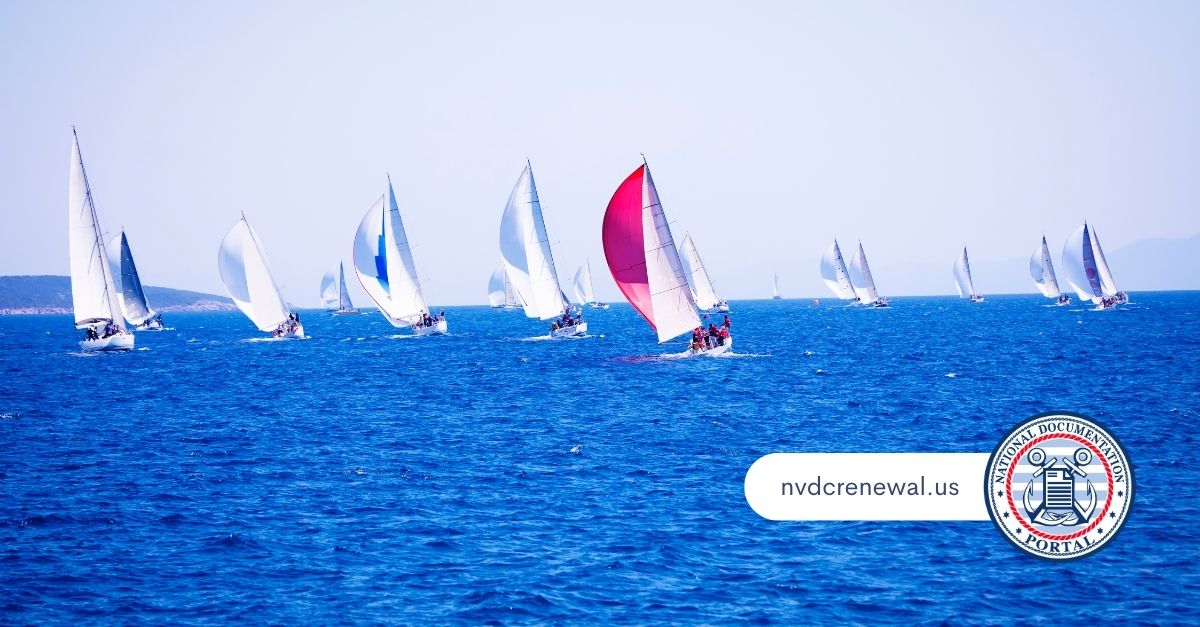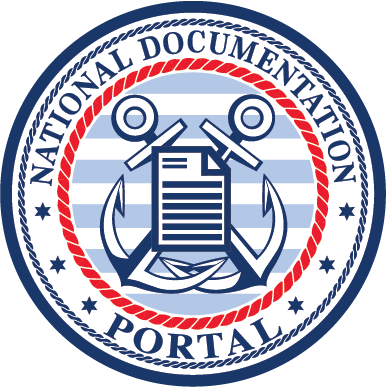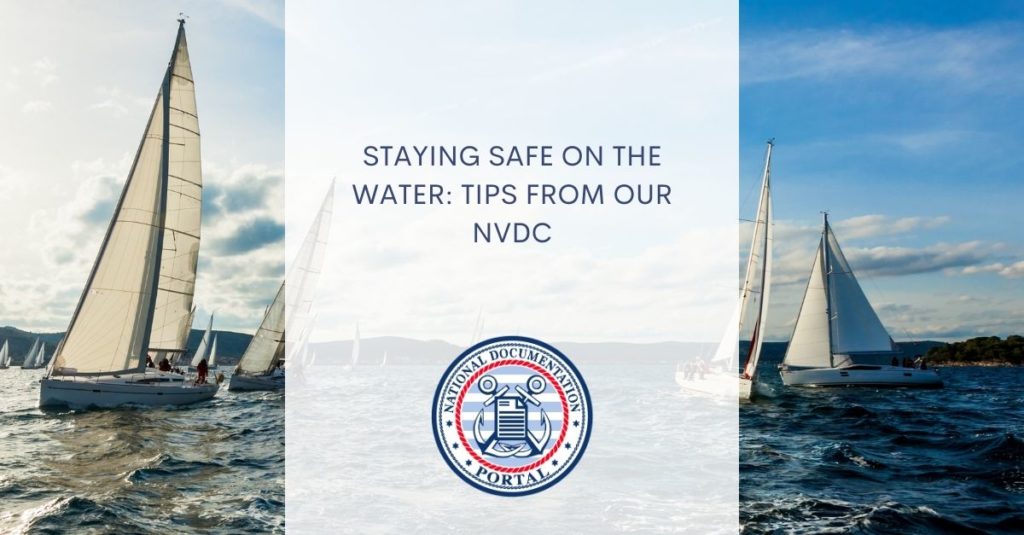Have you been thinking about taking a romantic trip out onto the water for Valentine’s Day? Or, alternatively, have you just been itching to get your vessel out of winter storage and don’t care what some groundhog in Pennsylvania says? There’s nothing like cold weather boating, yes, but safety is always paramount. Possessing the right documentation is crucial, which is what our NVDC focuses on.
Below are some safe boating tips to keep in mind during this time of year when spring is still beyond the horizon.
1 – 10 – 1: A Lifesaving Rule
No, it’s not a cryptic date or a code to be solved; it’s a lifesaving rule to combat the chilling effects of cold water.
Referred to as “1 – 10 – 1,” this is what you should know for the critical moments following immersion.
Within the initial sixty seconds, overcoming “cold water shock” is pivotal. Failure to regain control of breathing increases the risk of drowning. Subsequently, a window of ten minutes is afforded for decisive movements to exit the water, after which the numbing effects of cold water make escape more challenging.
Beyond ten minutes, hypothermia looms. This information serves not to instill fear but to heighten awareness about the importance of swift action in cold-water scenarios.
Layers Upon Layers, for Water, Not Air
Dressing in layers is conventional wisdom for braving wintry conditions, but when it comes to boating, the focus should be on water temperature, not air temperature.
Layering up appropriately for the water’s coldness ensures warmth no matter what. Should overheating occur on the boat, shedding a layer becomes a simple remedy.
Conversely, venturing out with insufficient layers leaves you vulnerable if an unexpected plunge into frigid waters takes place. Prioritizing attire based on water temperature enhances preparedness for unforeseen circumstances.
Personal Flotation Device for Your Personal Safety
Yes, another key aspect of safety is wearing a life jacket, but, the choice of a life jacket is as crucial as wearing one. Opt for a lifejacket that accommodates the layers you’ve donned for water temperature. A snug and tight lifejacket may impede movement, posing challenges even before the critical ten-minute mark in cold water.
Make sure that you have a life jacket for everyone that comes onto your vessel, too. Moreover, make sure that it fits over the layers mentioned previously. After all, you don’t want to have a life jacket on board only to find that it’s too snug for someone who has dressed appropriately for cold weather boating.

An NVDC that’s Open Year Round
Embracing the beauty of solitary boat rides during colder seasons requires a heightened safety consciousness.
Conveniently, once back ashore or with internet access onboard, completing vessel documentation at the NVDC site ensures seamless administrative tasks are addressed promptly. Whether it’s winter, spring, summer, or any season, the site provides a user-friendly platform to fulfill documentation requirements.
To see all that we offer, click here.

